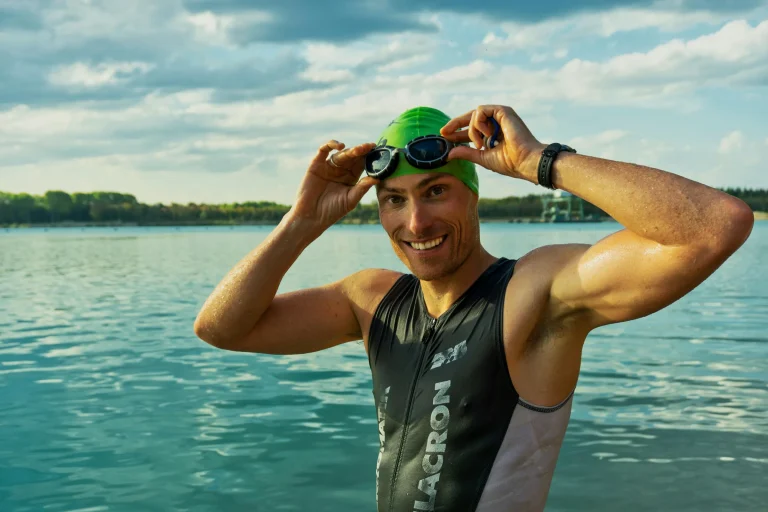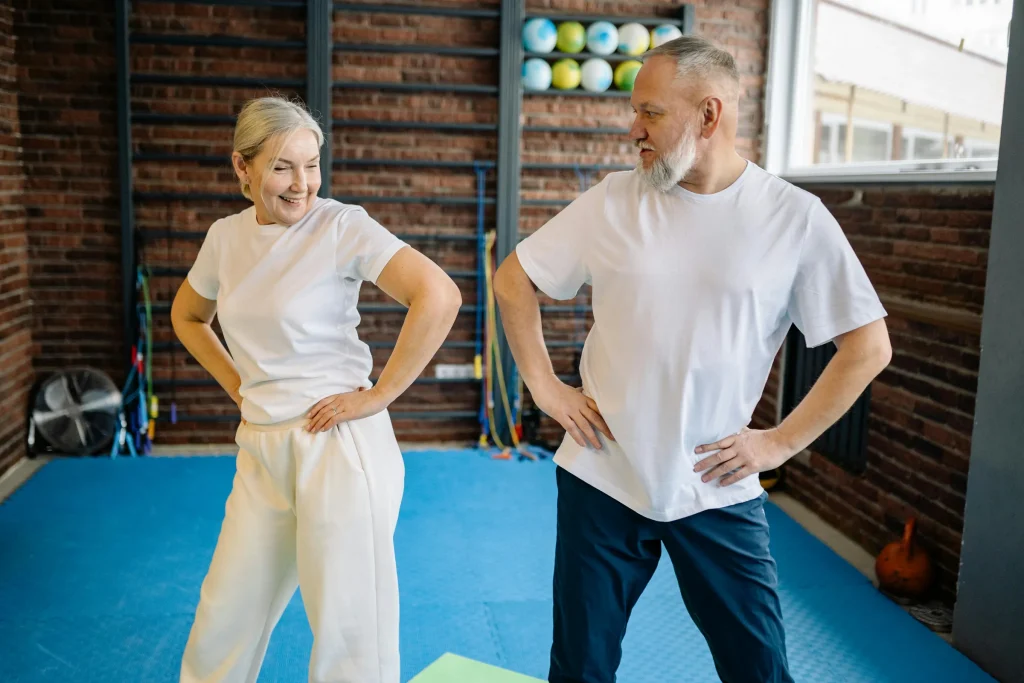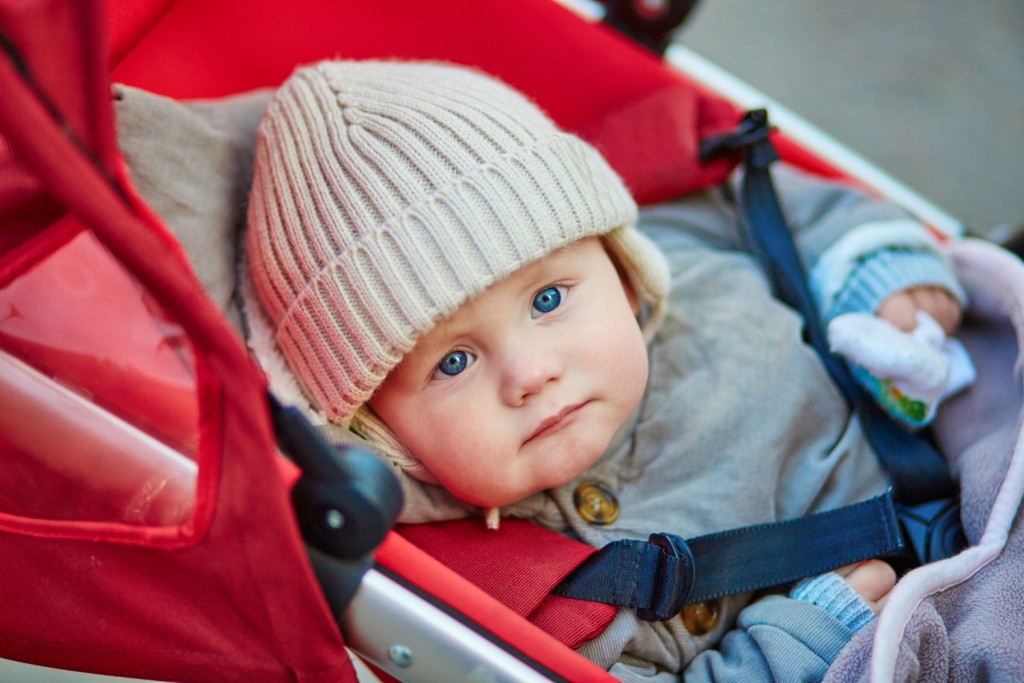We tackle your worries about the cold season so you can keep your sweetie snuggly and healthy.
My first child arrived in late December. It was freezing. There were snow and ice and atrocious windchills. The idea of venturing into the slippery, germ-infested cold with a newborn was not appealing. In fact, it terrified me. But I had nothing to be afraid of, according to New York pediatrician Erika Landau, M.D., coauthor of The Essential Guide to Baby’s First Year. “Babies and new parents need fresh air,” she says. “Unless it’s dangerously cold, being outdoors helps infants acclimate to the seasons and the day-and-night cycle, and it often calms fussiness.” Even though fresh air is good, there are precautions you should take. Learn the season’s best strategies and put your winter worries to rest.
It’s Too Cold for Baby!
• Infants lose heat faster than adults and the younger their age, the less able they are to cope with cold. Small babies lack the ability to increase heat by shivering and don’t have the body fat needed to warm back up once they get cold.
• Dress him in layers. No one wants her child to be cold, so there’s a tendency to overdress babies in the winter. The rule is to outfit your munchkin as you do yourself, plus one more layer. Choose breathable fabrics such as cotton and muslin so you can take clothes on and off as needed.
• Ditch the coat in the car. Puffy coats, snowsuits, and buntings should never be worn in a car safety seat. They’re unsafe because you need to loosen the harness to order to accommodate them, but in a crash they can compress, leaving a big gap between the harness and child, upping her chance of injury. Dress your infant for the temperature that the car will be, not the temperature outside. Warm your vehicle, strap baby in while she’s wearing her regular clothes, and then tuck her coat or a blanket around her and over the buckled harness straps.
• Bundle up for a jaunt outside. If the temperature or windchill dips below freezing, or if nonfreezing temperatures are mixed with wind or rain, keep your little one inside except for brief excursions, like to and from the car. If it’s not arctic outdoors, dress him in a winter jacket, a hat that covers his ears, mittens, and a stroller blanket or bunting. Check your baby often for signs of discomfort. If his face gets red, his skin is warm, and he’s fussy, he’s probably overheated. If he’s fussy and teary-eyed, and his skin is cold to the touch, he’s probably not bundled up enough.
Germs Are Everywhere!
• There’s a reason we call winter the sick season! Children get an average of six to 10 colds every year. Your sweetie’s immune system is still maturing, and she’s exposed to lots of viruses by other kids. She’ll get plenty of immunity-building vitamins and minerals from breast milk and formula, but you can do more.
• Get Baby a flu shot. If she’s 6 months or older, the flu vaccine is one of the smartest things you can do for. Influenza can be very dangerous in babies, leading to severe lung infections and even death. Since this is your child’s first flu vaccine, she’ll need two shots four weeks apart. Baby’s too young for the vaccine? If you followed doctor’s orders and got a flu shot while you were pregnant, you passed on your flu-fighting antibodies in utero, protecting her up to six months after birth. If you’re nursing, antibodies may also be passed on in breast milk.
• Get the whole family vaccinated. I always urge new parents to protect their babies by having every child and adult in the family immunized against influenza, whooping cough, and other vaccine-preventable illnesses, because it’s those who are closest to your baby who can get him sick. This is especially important if your baby is too young for some immunizations. For instance, he won’t be protected against whooping cough—a serious illness for this age group that’s more common in fall and winter until he receives all three doses of the DTaP vaccine at 2, 4, and 6 months.
• Keep all hands clean. Babies put their hands in their nose and mouth, so it’s important to keep those little digits clean, and yours, too. For baby, lather a washcloth with soap (antibacterial varieties aren’t necessary) and warm water. Then scrub—the friction lifts dirt and germs from skin—about 20 seconds each time you feed her, change a diaper, or return from being out and about. Do the same yourself (you can skip the washcloth) after each of these tasks as well as your own bathroom visits. Dry thoroughly after, since germs can be transferred more easily to and from wet hands. If you’re on the go, use a hand sanitizer with an alcohol content of at least 60 percent on your own hands. The alcohol evaporates fairly fast, so you don’t have to worry about exposing your infant to your sanitized hands. However, the alcohol can cause irritation if used directly on a baby.
• Learn About RSV. Respiratory syncytial virus (RSV) is very much like the common cold, complete with sniffly symptoms, and is no big deal in healthy older children and adults. However, RSV can result in bronchiolitis or pneumonia in infants, especially preemies and those with compromised immune systems. If your little one was born before 29 weeks or if he has a chronic illness, like congenital heart or lung disease, he should be given a special immunoglobulin called Synagis to stave off RSV. If your baby’s cough gets worse after about two days, he starts wheezing, or his breathing becomes more difficult, or if he’s under 3 months and has a fever of 100.4°F or higher, get him to your pediatrician immediately.
Her Skin Is So Dry!
• Cold temperatures, the lack of humidity, and recirculated air can all contribute to dry, itchy, scaly skin.
• Keep the temperature right. Indoor heating has low humidity, and it’s that lack of moisture in the air that can dry your baby’s delicate skin. To avoid that, keep your indoor temperature as cool as you can tolerate during the day—anywhere between 68°F and 72°F. When your little one is sleeping, however, you should set the thermostat lower, to between 65°F and 68°F, which will not only benefit her skin, but can reduce her risk of SIDS, research shows. Dress your baby in a sleeper and sleep sack—a wearable blanket—to keep her warm enough.
• Bathe better. I recommend giving baby a bath only about every three days to avoid overdrying and irritation. Keep the water to about 100°F (stick your elbow in to gauge; it should feel comfortably warm, not hot) and limit time in the tub to 10 minutes, less for a newborn. If the water is too warm, or she stays in too long, it speeds up the process of dehydrating the skin barrier and it saps skin’s protective oils.
• Slather on the right moisturizer. To best shield delicate skin from winter woes, apply a moisturizer. However, some babies don’t need moisturizer at all, so simply monitor his skin for dryness. When you do need a moisturizer, make sure it’s fragrance free. I like to use ointments that contain petrolatum or mineral oil. They have the greatest lipid content so are best at hydrating and preventing damage to the skin barrier. Apply one within three minutes of taking your baby out of the tub; putting ointment on damp skin maintains the hydration provided by the bath because it locks in water. If skin is extra dry, moisturize three times a day, in addition to post-bath.
• Crank up the humidity. Using a humidifier can increase the water content in the air and combats some of the drying effects of heating. Adding moisture to the air also helps reduce the dryness in baby’s mucous membranes. Change the water frequently to avoid mold and keep the unit out of reach.
– Leslie









